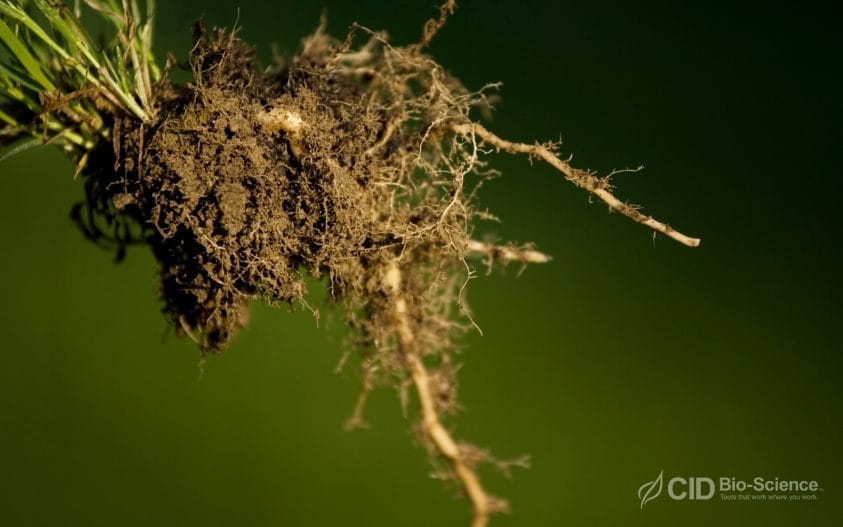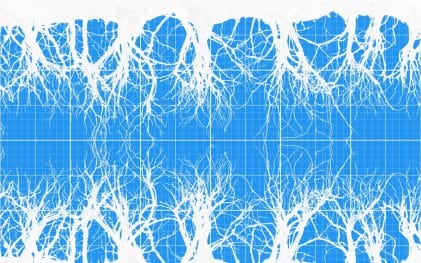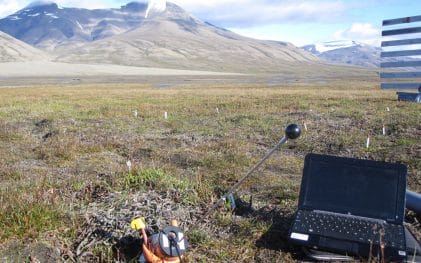Latest uncategorized
What Is Root Senescence and Why Does It Matter in Plant Development?
Root senescence is typically an age-related process, although stress can lead to premature root decay. Root senescence occurs through programmed cell death, which is regulated by controls, some specific to roots and some common with leaf senescence. Root senescence occurs at different times across root types, and its progression depends on plant type. Leaf senescence… Continue reading…

Additional reading
What is the Importance of Leaf Area Index?
Leaf area index (LAI) is a key vegetation parameter used in plant research. Global collections of LAI show that plantations have the highest LAI and deserts have the least LAI. Temperate forests have higher LAI than tropical forests. LAI is used to increase food security, support forest research and management, and track the effects of… Continue reading…
How Do Stomatal Traits and Transpiration Efficiency Impact Crop Yield?
Stomatal traits must meet mesophyll demand for CO2, conserve water, and maintain optimum leaf temperatures for higher transpiration efficiency. The stomatal traits associated with transpiration efficiency include size, density, patterning, guard cells, and responsiveness to environmental factors. So far, no crop breeding effort using stomatal traits has been able to prevent water loss/ transpiration without… Continue reading…
What Are the Key Root Traits to Improve Transpiration Efficiency?
Root traits are one of the main factors influencing transpiration efficiency or the yield produced per unit of water transpired. The root traits to improve transpiration efficiency are rooting depth, root: shoot ratio, density, root hairs, and mucilage. No root architecture type suits all species or even all hydrological conditions. Transpiration efficiency is used to… Continue reading…
Leaf Area Influence On Transpiration Depends On External Environment
As leaf area increases, the transpiration rate also increases. However, there are exceptions to this rule. Small leaves have higher transpiration rates in hot and dry regions for better thermoregulation and cooling effects. Smaller leaves have higher transpiration in cold, dry regions with high radiation to provide better hydraulic movements and nutrient uptake. Transpiration determines… Continue reading…
Canopy Design in Orchards: Improving Fruit Quality and Yield
Canopy design in orchards achieves a targeted tree form using grafts, pruning, and training. Orchards use 3-D canopy designs in low to medium-density orchards. 2-D planar canopy designs are used in high-density planting and to facilitate orchard management by machines and robots. As tree density increases, fruit quality, and resource use efficiency increase to boost… Continue reading…
Five Major Arbuscular Mycorrhizal Fungi (AMF) Research Findings in 2023
Research focuses on arbuscular mycorrhizal fungi (AMF) use to alleviate climate change-driven abiotic stresses like drought and salinity. Efforts are also made to understand the factors that control AMF diversity and abundance, given the importance of mycorrhizae for natural and cultivated areas. Studies also investigate the effect of agricultural practices on AMF composition and diversity… Continue reading…











